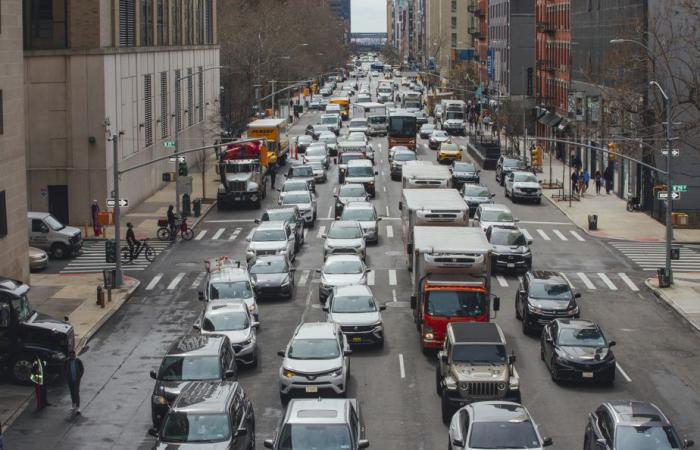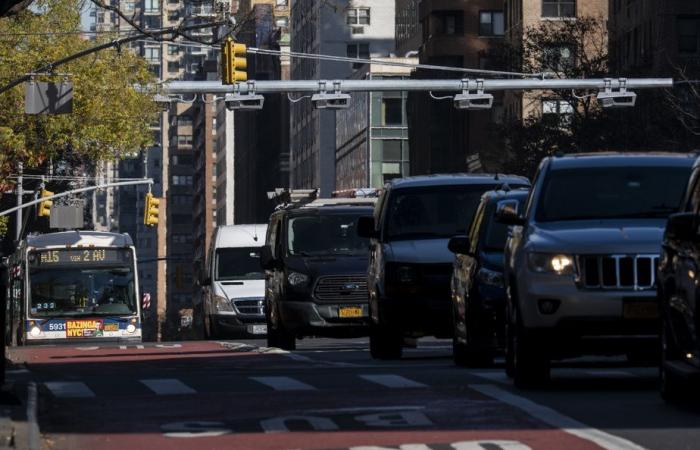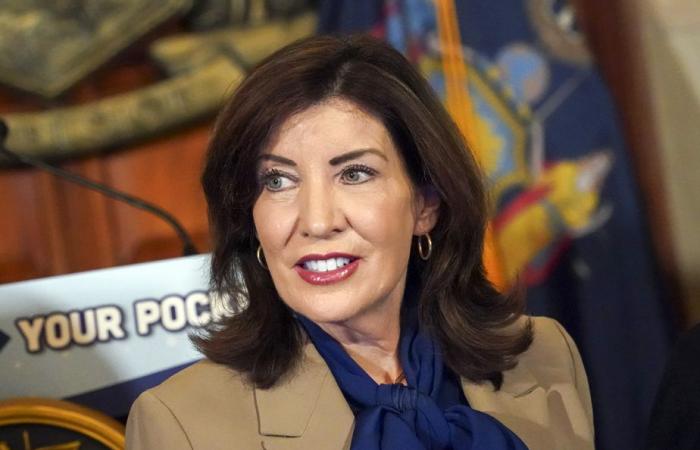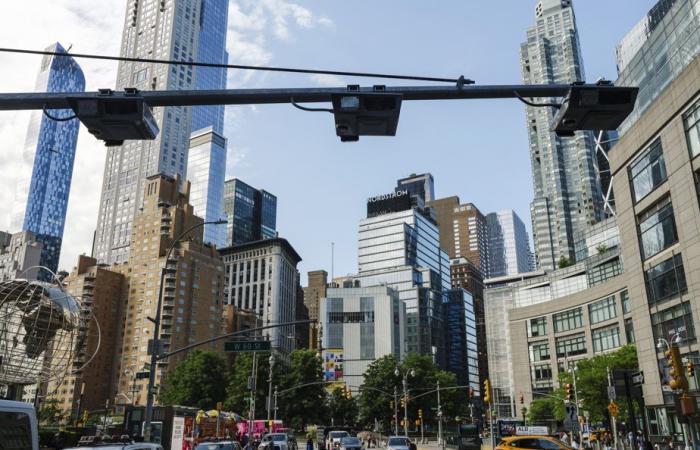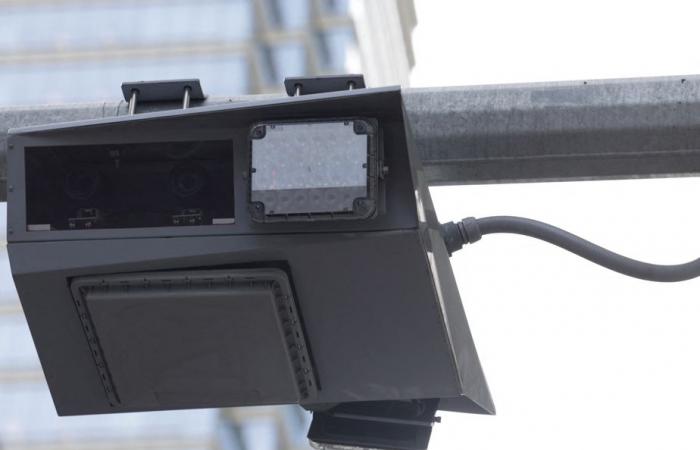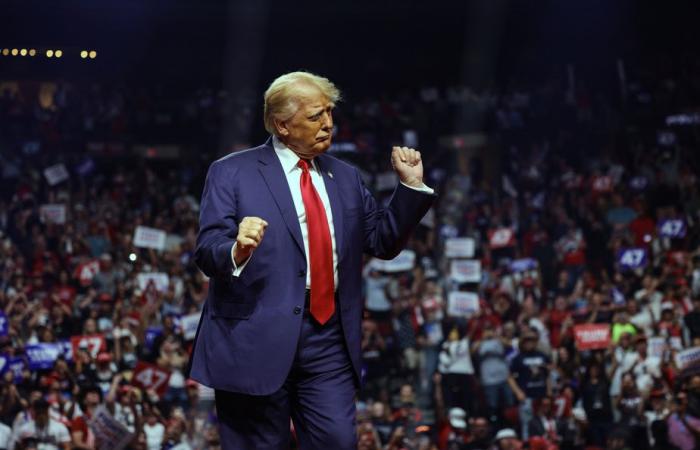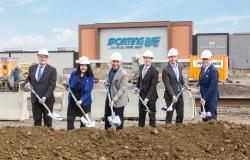New York yesterday adopted its urban toll plan, seen as a solution to finance the renovation of its decrepit public transport network. The stakes are considerable.
Published at 5:00 a.m.
Ana Ley and Winnie Hu
The New York Times
The metro must modernize its signaling, elevators must be installed in many stations and the 2 linee Avenue should be extended to Harlem.
The Metropolitan Transportation Authority (MTA) is counting on this toll to raise $15 billion to fund several critical infrastructure projects. But New York State Governor Kathy Hochul’s revised plan – adopted Monday – reduced the originally proposed rate for driving to the busiest part of Manhattan from $15 to $9. peak hours.
PHOTO KARSTEN MORAN, THE NEW YORK TIMES
Governor Kathy Hochul hastened to relaunch her urban toll program in New York, hoping to get ahead of President-elect Donald Trump, one of the New Yorkers opposed to this idea.
At $9, will the toll be enough to finance, maintain and modernize public transportation? Yes, say Governor Hochul and public transportation officials, but some observers – supporters and detractors of the toll – are not so sure.
Andrew Rein, chairman of the Citizens Budget Commission, a citizens group that supports the revised program, thinks so. “But until we see the details, we won’t know if there is a risk of delays or cost overruns for essential projects. »
Announced, canceled, then resurrected
Mme Hochul resurrected the congestion charge last week, after abruptly canceling it in June, shortly before it took effect. By reducing the toll by 40%, she hopes to have found a compromise that takes into account the vast needs of the network and the strong opposition from those who denounced the $15 tariff initially proposed as excessive. The $9 plan adopted Monday calls for the toll to take effect in January 2025.
“We still reach the 15 billion that the network needs, and motorists pay $6 less,” said M.me Hochul, a Democrat. “This reduced toll will allow us to achieve all the objectives: new signaling, the long-awaited line extension. »
The original plan remains to borrow 15 billion on the bond market and repay through tolls. But since the price will be lower, reimbursement will likely take longer.
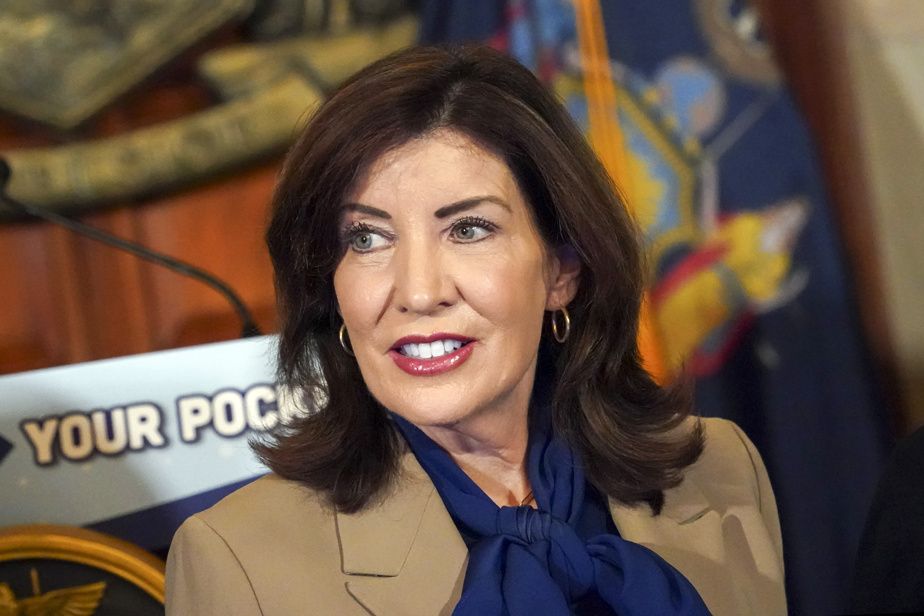
PHOTO CINDY SCHULTZ, THE NEW YORK TIMES
New York State Governor Kathy Hochul
At $15, the toll was expected to bring in around $1 billion per year. At $9, the revised toll would only bring in about $500 million per year, network officials calculate.
In 2028, the rush hour rate would increase to $12, generating annual revenues of $700 million. In 2031, we aim to reach the full price of $15 and approach one billion per year.
The New York State Auditor General estimates that the reduced rate to $9 will slow the pace of network improvements.
Lower revenues would result in “different management of the schedule of improvements,” said Kevin Willens, MTA chief financial officer, but he added that the funds available in the next capital plan would allow “some flexibility to advance the most urgent work.
Spreading out the repayment of the loan over time could cost the MTA more, according to bond financing experts. But according to Mr. Willens, the agency is convinced that it can “manage borrowing in such a way as to limit the impact on [s]’operating costs’.
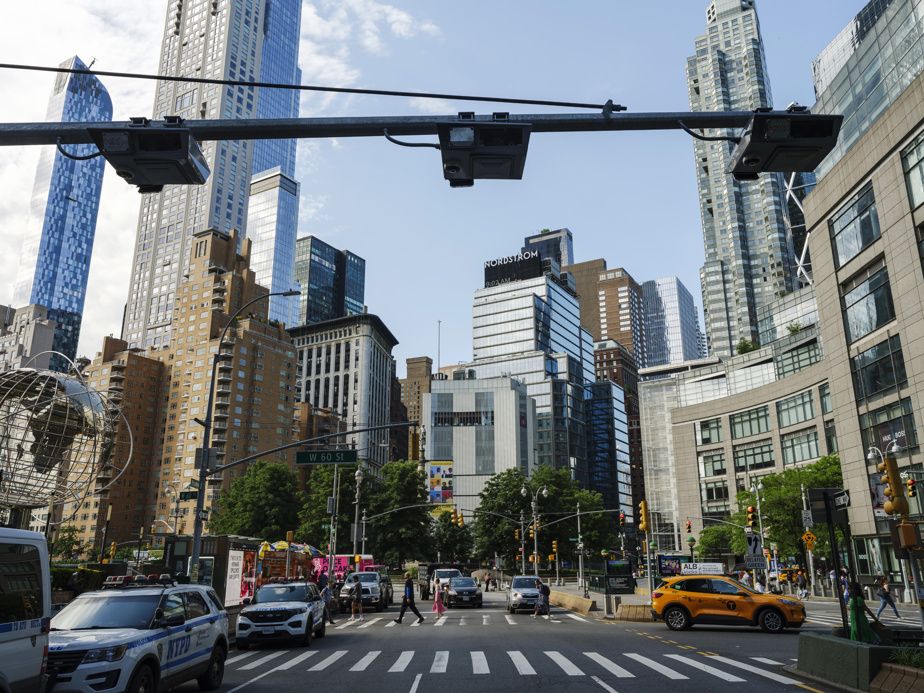
PHOTO KARSTEN MORAN, THE NEW YORK TIMES
License plate readers have already been installed on Broadway Avenue in Manhattan.
The MTA has a long history of debt, and the risk that borrowing costs will increase is fueling concerns. By the early 1980s, the MTA was in trouble, and the state authorized it to issue bonds; its debt has since exploded. According to a recent report from the state auditor general, the agency’s long-term debt increased from $11.4 billion in 2000 to $42.4 billion in 2023.
Lowering the toll involves risks, but the potential consequences of canceling all entry pricing into the city would be much worse, officials say. Last summer, when the governor suspended the program, the MTA postponed $16.5 billion worth of projects that had already been delayed for decades.
But now some work has gotten the green light. On Thursday, the agency’s CEO, Janno Lieber, said that “as a result of the governor’s actions,” the MTA would issue a request for bids for drilling for the subway extension.
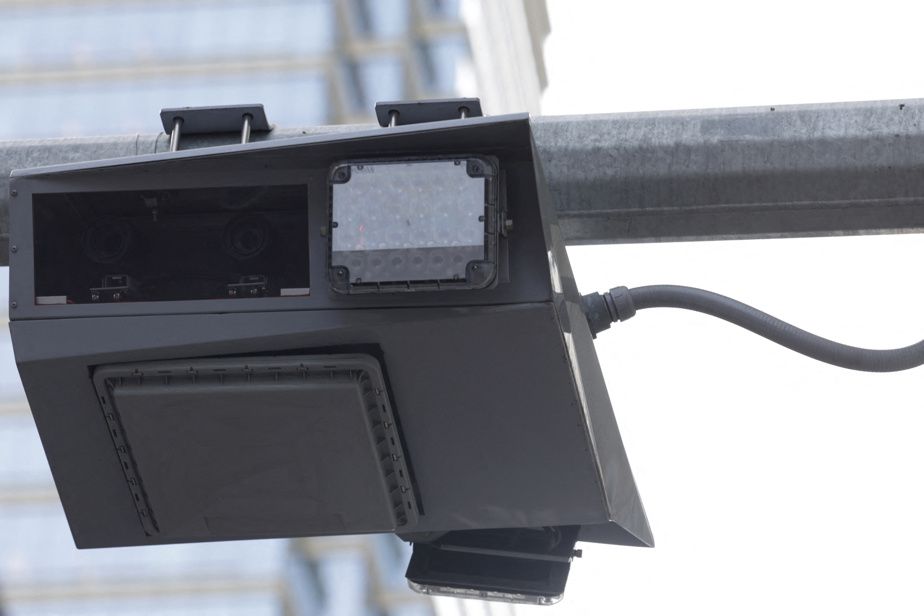
PHOTO KENT J. EDWARDS, REUTERS
A license plate reader on Lexington Avenue in Manhattan
For Josh Gottheimer, a Democratic congressman from New Jersey who opposes congestion pricing, the program is the result of the MTA’s inability to manage its finances.
I’m convinced the MTA is making these numbers up, but all the evidence points to the fact that they are trying to fix their problems and years of mismanagement on the backs of hard-working New Jersey families.
Josh Gottheimer, Democratic Congressman from New Jersey
Donald Trump could get involved
This urban toll program is far from being a settled matter. President-elect Donald Trump has promised to overturn it upon his inauguration in January, and at least nine lawsuits have been filed by opponents.
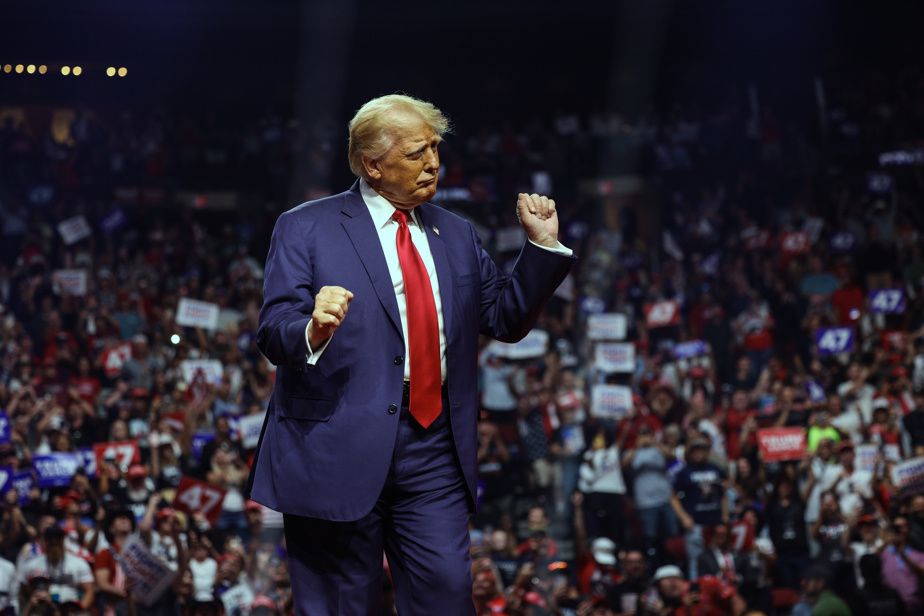
PHOTO ADRIANA ZEHBRAUSKAS, THE NEW YORK TIMES
President-elect Donald Trump has promised to cancel the toll when he is sworn in in January.
Some of them indicated last week their intention to seek an injunction. They say the toll would shift traffic and pollution to other parts of the city and region, including some disadvantaged neighborhoods, and would hurt small businesses.
Elizabeth Chan, a Battery Park City resident who is suing the MTA, said “the fundamental problems with the toll and its consequences cannot be solved by reducing the fare by a few dollars.”
According to Rachael Fauss, policy advisor for the citizens group Reinvent Albany, no one knows exactly how much the new tolls will raise. If more motorists are willing to pay the $9 toll rather than $15, “it’s very possible that revenues will be robust and quite significant, even if the toll is lower.”
Mme Fauss believes the toll would be an important long-term revenue source for the MTA, more reliable than revenue from transit riders, since Manhattan’s streets have been congested for decades.
“The congestion charge is a really good way to raise money for the MTA,” she said. It is a source of income that is not linked to attendance, exactly the type of financing we want, because it is stable and proven. »
This article was published in the New York Times.
Read the original article (in English; subscription required)

